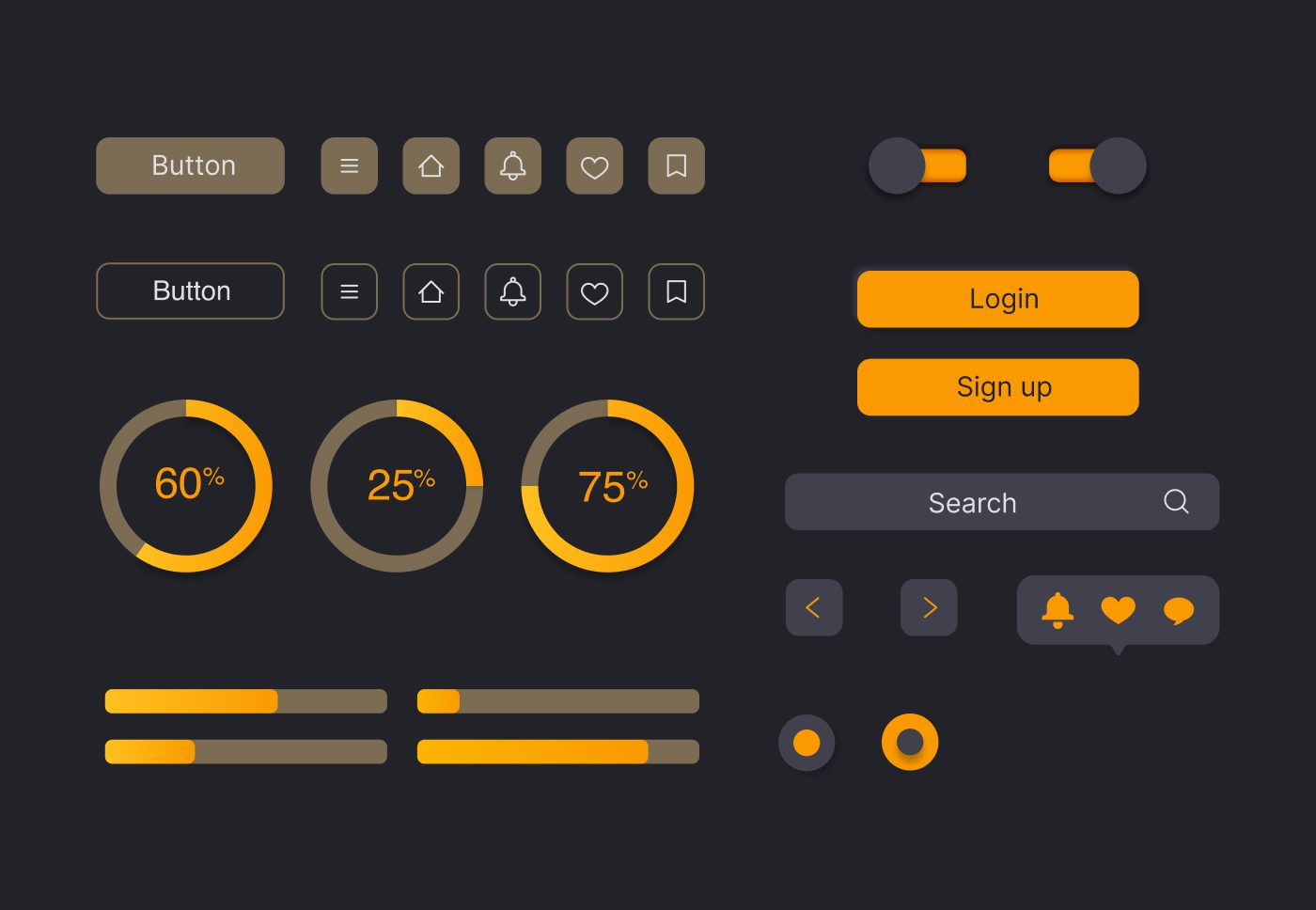
It’s happening.
Gucci is inching its way into the Metaverse by launching an experimental online space called Vault, its online concept store.
Samsung’s Galaxy S22 launch on Decentraland was a one-of-its-kind event where fans could attend and mingle with others in the alternate universe.
McDonald’s is likely to expand into the Metaverse, evident from its ten trademarks expressing interest to bring its chain of fast-food joints into the virtual realm.
JPMorgan became the first bank to enter the Metaverse with an explorative lounge, ‘Onyx.’
Coined by Neal Stephenson in 1992 in a science fiction novel Snow Crash, Metaverse is a combination of AR, VR, and videos live in the digital universe. At its nascent stage, the alternative world will soon require design experiences beyond screens, blending the fine lines between physical and digital spaces.
It’s safe to say that designing for the Metaverse is about a shift in the approach, skills, and methods. Here’s are four things that translate into a successful Metaverse design.
Storytelling will be indispensable
Storytelling predates formal language. Humanity has come a long way indeed, from drawing on cave walls to creating virtual avatars in the Metaverse (and NFTs). And let’s not forget that good design is rooted in exceptional storytelling.
Therefore, it’s no secret that brands will soon adapt their visual storytelling strategies to the new realm by transforming the corresponding real-life experiences into virtual ones.
This means UX UI designers will need to learn a new visual language and implement several skills without altering the original narrative. For this, they need to understand the nitty-gritty of building compelling stories to support and connect immersive experiences.
Consistency is the key
A consistent experience is the fulcrum of the Metaverse as there are several technologies involved, including Virtual Reality, Augmented Reality, and Artificial Intelligence. Designing in silos is, therefore, out of the question, with each experience working flawlessly with the others to create a seamless experience.
Come to think of it, wearing VR headsets for a prolonged period can lead to fatigue and headaches. Therefore, while thinking of UX UI design in the Metaverse, it’s a must to consider the complete 360-degree experience, including how the users will behave in each stage of their journey.
Moving beyond 2D
Sketch and Figma are the blue-eyed boys in UX UI agencies. These are two common UX UI design software popular for creating 2D designs. Likewise, they have hands-on experience using several other tools to craft stellar user experiences.
It’s now time to take the next step and move ahead.
They need to learn the concepts of 3D designing, prototyping, and modeling to design for the Metaverse. Getting familiar with 3D modeling tools like Gravity Sketch and Tvori comes in handy to portray various elements perfectly.
The caveat here is to select the right tool as there are plenty of 3D modeling software available on the market, some of which might not be helpful to translate the concepts into design in a seamless manner.
Getting back to field research
Observations are crucial while researching users. It is even more critical while designing for the immersive universe. UX UI designers need to understand product behavior in different physical environments to replicate the experience in the virtual space.
How many steps will a person take to go from point A to B on the road?
How will a person react when they meet their family after a long gap?
How do users behave in real life when they face life-threatening situations?
Metaverse designers must consider similar questions and create a robust method that leads to perfect designs.
The Wrap
Metaverse is often perceived as a realm with unprecedented digital growth that arrives with too many risks. This also means that there will be new avenues for businesses and brands, helping them create value. Designing for the Metaverse will not be far removed from designing in the real world with user experience taking center stage. Designers need to leverage the best features and functionalities of their tools and be prepared to quickly learn and adapt to the changes that the Metaverse throws at them.





